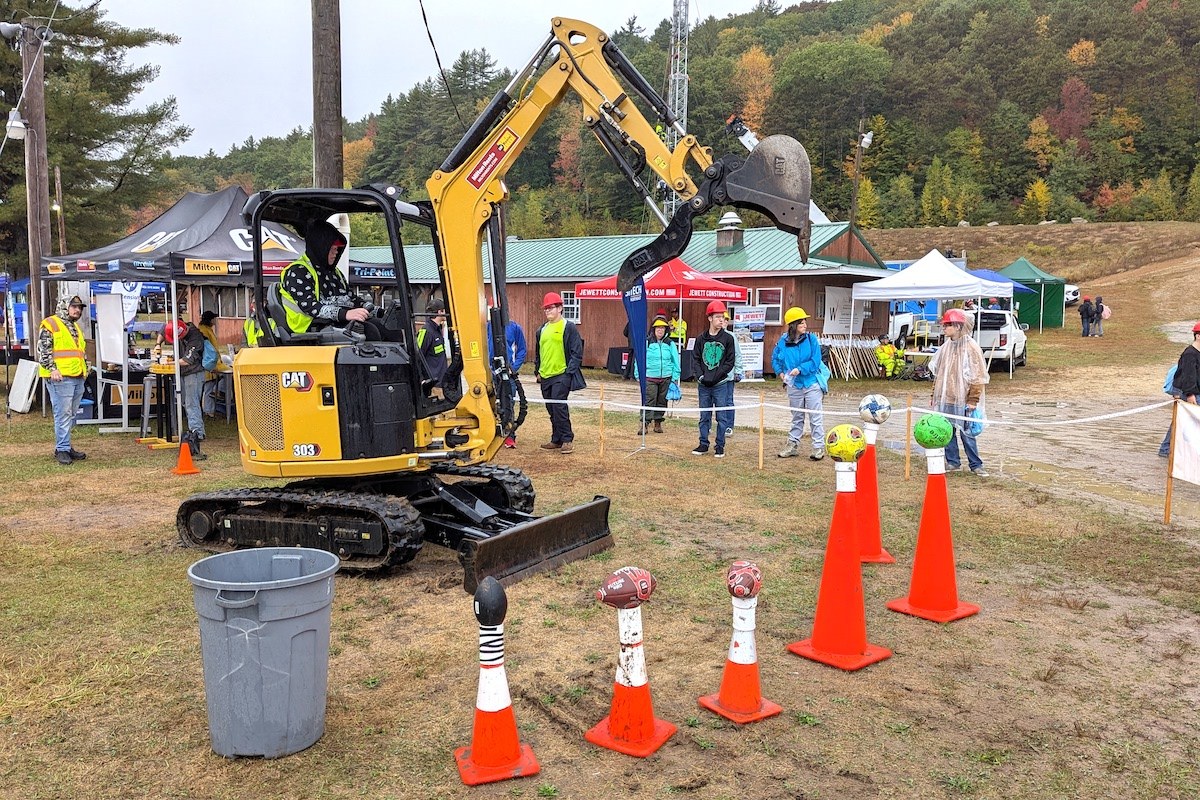Unusual sounds and heat are the first problem indicators, and if ignored, the gearbox might start to lock up when in use. This is a symptom of low oil in the gearbox. Look for seepage or oil leaks along the top of the transmission, especially around the bottom seal at the output shaft. If these issues are present, check the fluid in the gearbox and change if necessary. Maintain the correct fluid levels by changing the transmission oil after every 40 to 50 hours of use.
When adding oil, hold the transmission top level and remove the pipe plug. Squeeze oil into the transmission until oil just comes out of the hole. Then replace the pipe plug and tighten to 10 foot-pounds of torque. Always go by the recommended oil in the operator’s manual to ensure the drill operates to OEM specifications.
On the core, check for broken wires and kinks. Replace the core if there are broken wires or sharp kinks so the shaft will function properly. Small kinks or twists shouldn’t cause any large concerns.
When disassembling, cleaning, and greasing the drive shaft, follow the manufacturer recommendations. Disassembly of the flexible drive shaft includes removing the kill switch and throttle wires, detaching the shaft from the transmission, disconnecting the complete shaft assembly and removing the flexible shaft core and housing. After removing the flexible shaft core, wipe off the old grease with a cloth. Clean the inside of the flexible shaft housing by pulling a clean rag through with a long piece of wire. This might require several passes for removal of all grease. Then apply a light coat of manufacturer-recommended grease to the core and reassemble.

| Your local Esco Corporation dealer |
|---|
| Genalco |
Some manufacturers recommend white lithium grease – a lightweight, high-temperature tool grease. Lithium grease can withstand excessive heat without damaging the shaft. Some lithium combination greases can withstand 430 degrees Fahrenheit with frequent lube intervals.
Operators should not use regular axle grease when lubricating, due to its risk of degrading in the high temperatures. Degraded lubricant runs to the lowest point in the flex shaft, increasing risk of burning the flex shaft. Be careful in choosing the right grease for the drill, and don’t over lubricate. Excessive grease can gum up in the flex shaft and burn, which causes excessive heat and reduces the shaft’s life. Not enough grease can dry out the cable, which will then break easily or generate enough heat to burn through the outer housing.
Drills with a centrifugal clutch drive the auger as the engine speeds up to full throttle. Not only does the clutch ensure positive power transfer, it also protects the unit from shock while drilling. If the auger turns while the engine idles, first inspect the engine for proper idle speed and throttle linkage.
The throttle regulates the power and speed of the engine. In some earth drills, the throttle lever is under the handlebar next to the transmission box. The throttle lever should pull smoothly without binding the throttle wire.
Some manufacturers include a special throttle bracket assembly. Check that the throttle bracket is fully engaged before the lever bottoms out against the handlebar. In the idle position, the throttle bracket pulls the rivet clip tightly against the sliding clip, forcing the governor arm to idle. When fully engaged, the bracket clip slides over the rivet as the governor arm moves. If binding does occur, remove the clip and twist it slightly, then reinstall and check again.

| Your local Wirtgen America dealer |
|---|
| United Construction & Forestry |
| WI Clark |
Some models do not use the sliding clip. With these, check that the moving arm on the bracket pulls away from the governor arm in the full throttle position. In the idle position it should push against the governor arm.
Inspect the throttle cable and bracket assembly before each use or if the drill isn’t running smoothly. If the problem persists, check for stretched, discolored or broken clutch springs or broken clutch shoes and replace if needed.
Pay attention to the spring and button attachment system. Ensure the button stays securely snapped into place before operation and replace the spring-button attachment if bent or broken. Spring-button attachment systems eliminate the chance of losing pins or bolts that some drills use for attachment purposes.
Remember, a regularly scheduled maintenance program will keep your drill working as well as it did on day one.

| Your local Hyundai dealer |
|---|
| Equipment East |




































































